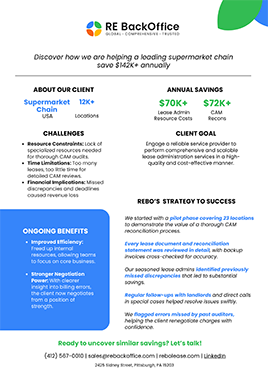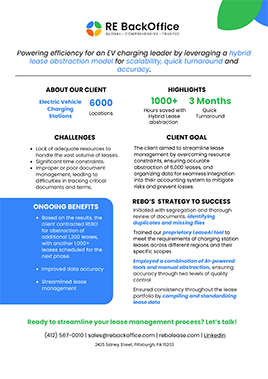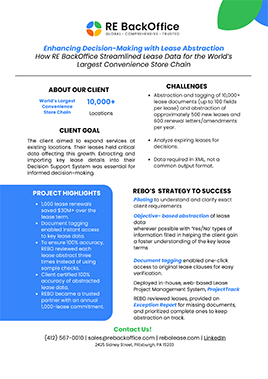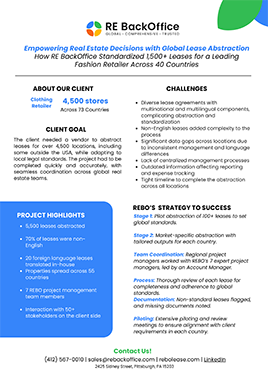
In a lease agreement, the "TERM" refers to the duration for which the lease is valid. It outlines the period during which the tenant has the right to occupy the property, and the landlord is obligated to provide it in exchange for rent. The term can vary, ranging from a fixed period, such as one year, to a month-to-month basis. It's a pivotal aspect of the lease agreement that both parties must mutually agree upon before signing, as it sets the framework for their respective rights and responsibilities throughout the lease period.
Commencement Date and Expiration Date:
The Commencement Date and Expiration Date are crucial milestones in a lease agreement, marking the beginning and end of the lease term, respectively.
Commencement Date:
This is when the lease officially begins, and the tenant gains the right to occupy the leased premises. It's the point at which the responsibilities and rights outlined in the lease come into effect. For example, this is when the tenant starts paying rent and when the landlord is obligated to provide the space as agreed upon.
Expiration Date:
Conversely, the Expiration Date marks the end of the lease term. At this point, the tenant's right to occupy the premises ends, and they must vacate the property unless they've negotiated a lease renewal or extension. It's the date by which all terms and conditions of the lease must be fulfilled, including any requirements for returning the property to the landlord in its original condition.
These dates are essentially the boundaries within which the lease agreement operates. They establish the duration of the tenant's occupancy and the period during which the landlord must provide the agreed-upon space. Understanding these dates is critical for both parties to ensure compliance with the terms of the lease and to avoid any misunderstandings regarding occupancy rights and obligations.
In practical terms, understanding these dates is essential for establishing lease duration, calculating rent payments, and planning for future occupancy or property management activities. For instance, a lease starting on January 1, 2022, and ending on December 31, 2026, has a Commencement Date of January 1, 2022, and an Expiration Date of December 31, 2026.
Renewal Options:
Renewal Options within lease agreements offer tenants a valuable tool for extending their occupancy beyond the initial lease term. These provisions, typically activated after the expiration of the initial lease period, grant tenants the flexibility to negotiate a new lease term with the landlord without the need to seek alternative accommodations. This flexibility not only provides a sense of security and stability for tenants but also fosters a smoother transition between lease periods. By enabling tenants to plan for their future occupancy well in advance, Renewal Options contribute to a more predictable and reliable leasing environment. Moreover, they offer landlords the benefit of maintaining occupancy levels and reducing the administrative burden associated with finding new tenants. Ultimately, Renewal Options serve as a win-win mechanism, enhancing the leasing experience for both tenants and landlords alike.
Continuing with the example, suppose the initial lease term spans from January 1, 2022, to December 31, 2026. If the tenant wishes to continue occupying the premises beyond December 31, 2026, they may exercise a Renewal Option, which could entail negotiating another five-year term or a different duration agreed upon by both parties.
Renewal Options offer tenants stability and predictability, enabling them to plan for the future and avoid the uncertainty of relocating to a new space. From a landlord's perspective, Renewal Options provide the opportunity to retain reliable tenants and maintain consistent cash flow over extended periods.
Understanding Lease Term Structure:
Lease term structures vary depending on the specific needs and preferences of landlords and tenants. However, a typical structure may include an initial term followed by consecutive renewal options, each spanning a predefined duration.
For instance, consider the following scenario:
- Initial Term: January 1, 2022, to December 31, 2026 (5 years)
- First Renewal Option: January 1, 2027, to December 31, 2031 (5 years)
- Second Renewal Option: January 1, 2032, to December 31, 2036 (5 years)
In this scenario, the initial term comprises five years, followed by two consecutive renewal options, each spanning another five-year period. The decision to exercise a renewal option rests with the tenant, allowing them to evaluate their business needs and occupancy requirements before committing to an extended lease term.
Lease Year First Full Begin Month:
This term is about determining the starting point for certain lease-related actions, particularly concerning financial obligations like rent payments. When a lease begins on a specific date within a month, it's essential to clarify when the first full month of occupancy starts. For example, if a lease starts on September 15th, the tenant might not be responsible for a full month's rent until October, as they've only occupied the premises for part of September. This distinction ensures clarity and fairness in rent payment schedules, as well as in understanding when various lease-related activities should commence. It's a practical consideration that aligns with common leasing practices, helping both landlords and tenants manage their financial responsibilities effectively.
Lease Year End Month:
Understanding the end month of the lease year is crucial for multiple reasons. Firstly, it determines when the lease term officially concludes. In the example given, if October is the start month, September becomes the end month. This means that the tenant's occupancy rights expire at the end of September unless a renewal or extension is negotiated. Secondly, it sets the timeframe for reviewing the lease agreement, considering renewal options, or planning for any necessary lease modifications. Moreover, it affects financial matters such as reconciling security deposits, handling lease termination procedures, and preparing for potential vacancies or new lease agreements. By clearly defining the end month of the lease year, both landlords and tenants can anticipate key milestones and obligations as the lease term approaches its conclusion.
In essence, these additional explanations offer a comprehensive understanding of how these terms influence various aspects of the leasing process, from initial occupancy to lease termination and beyond. They provide clarity and structure to lease agreements, ensuring that both parties have a shared understanding of key timelines and responsibilities throughout the duration of the lease.


